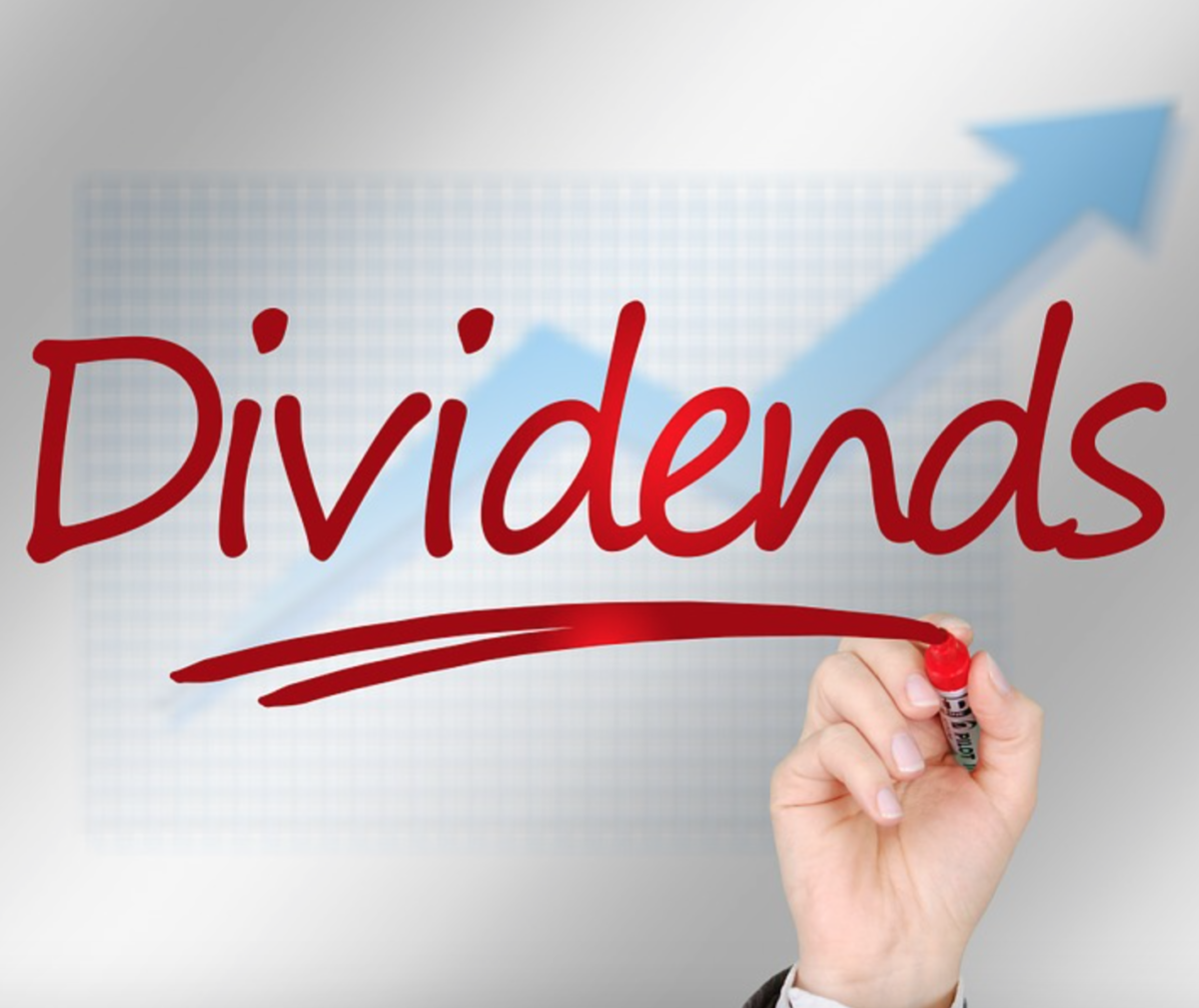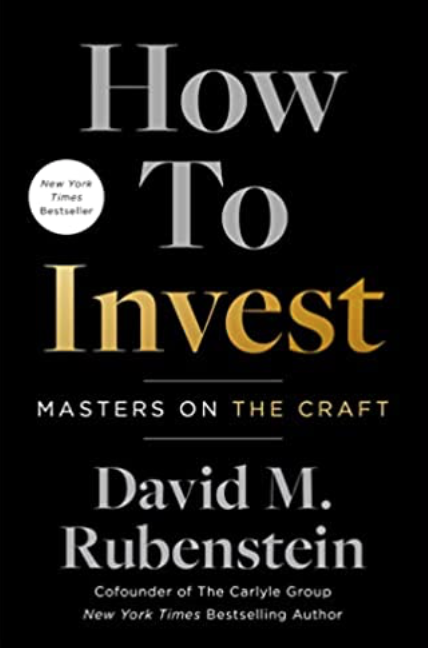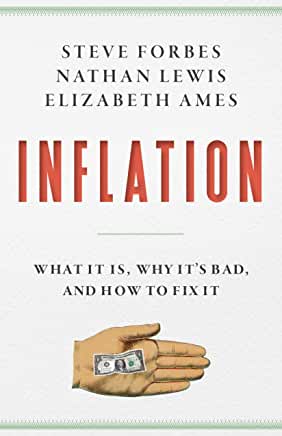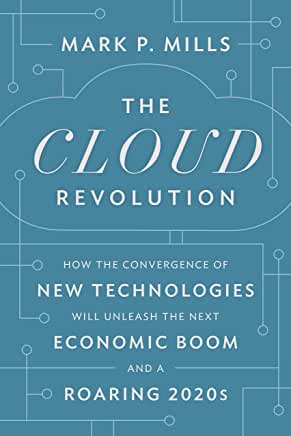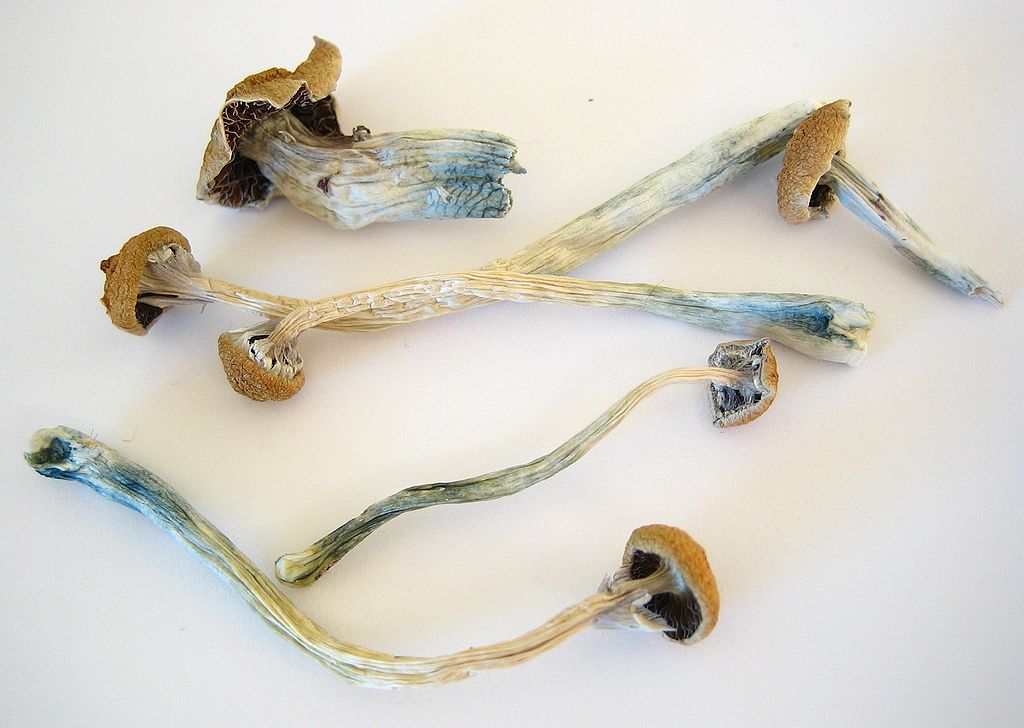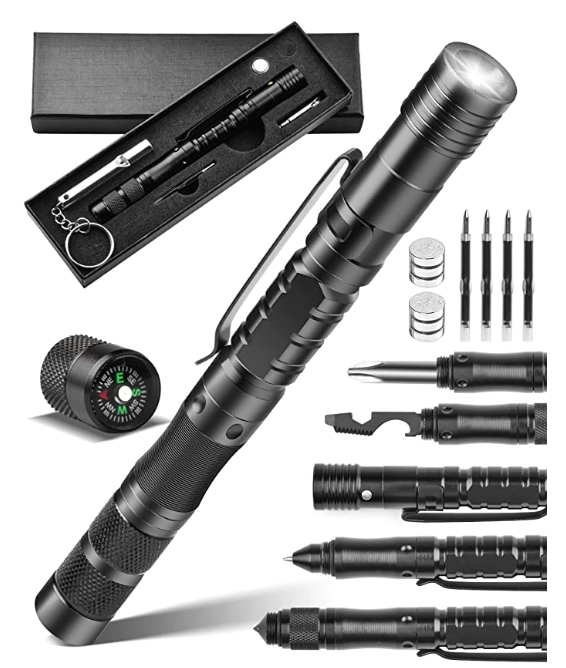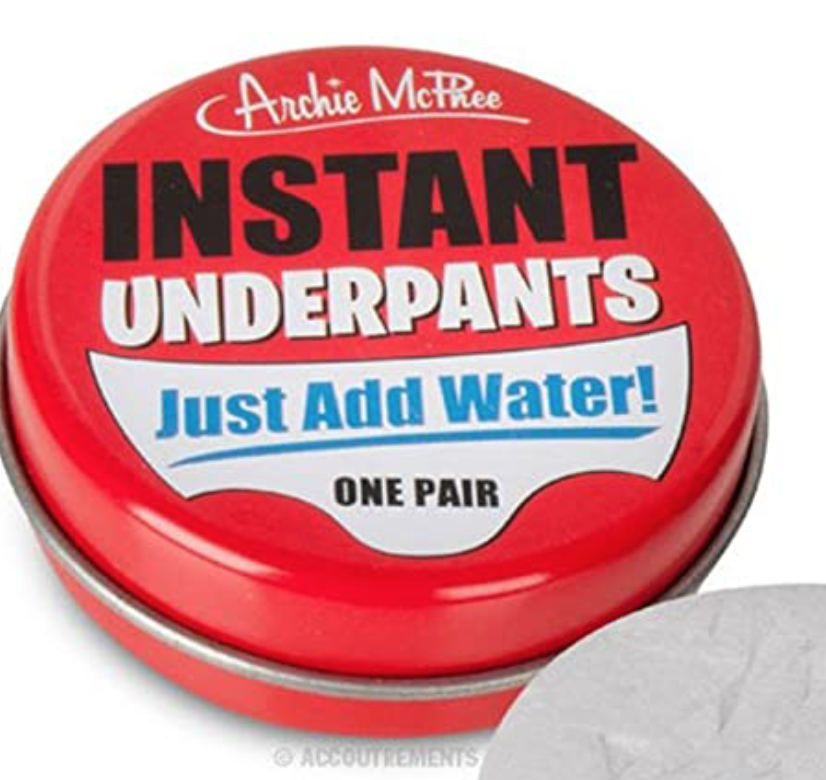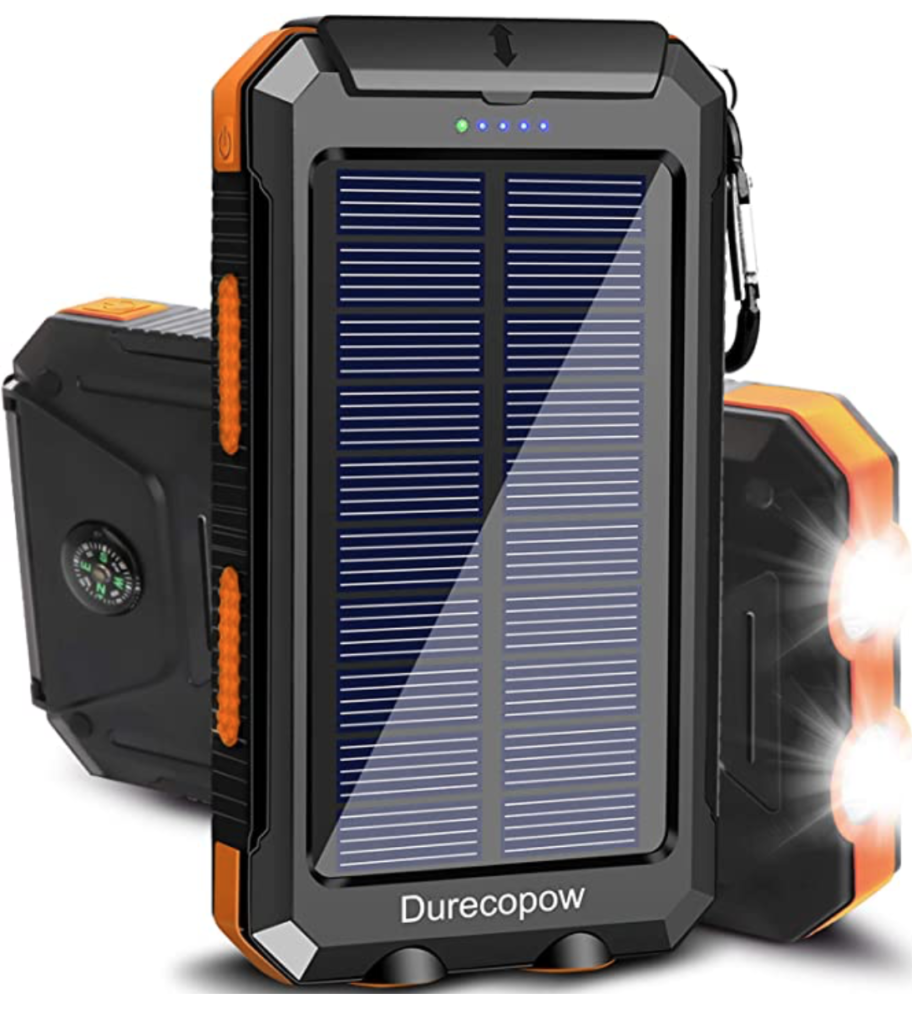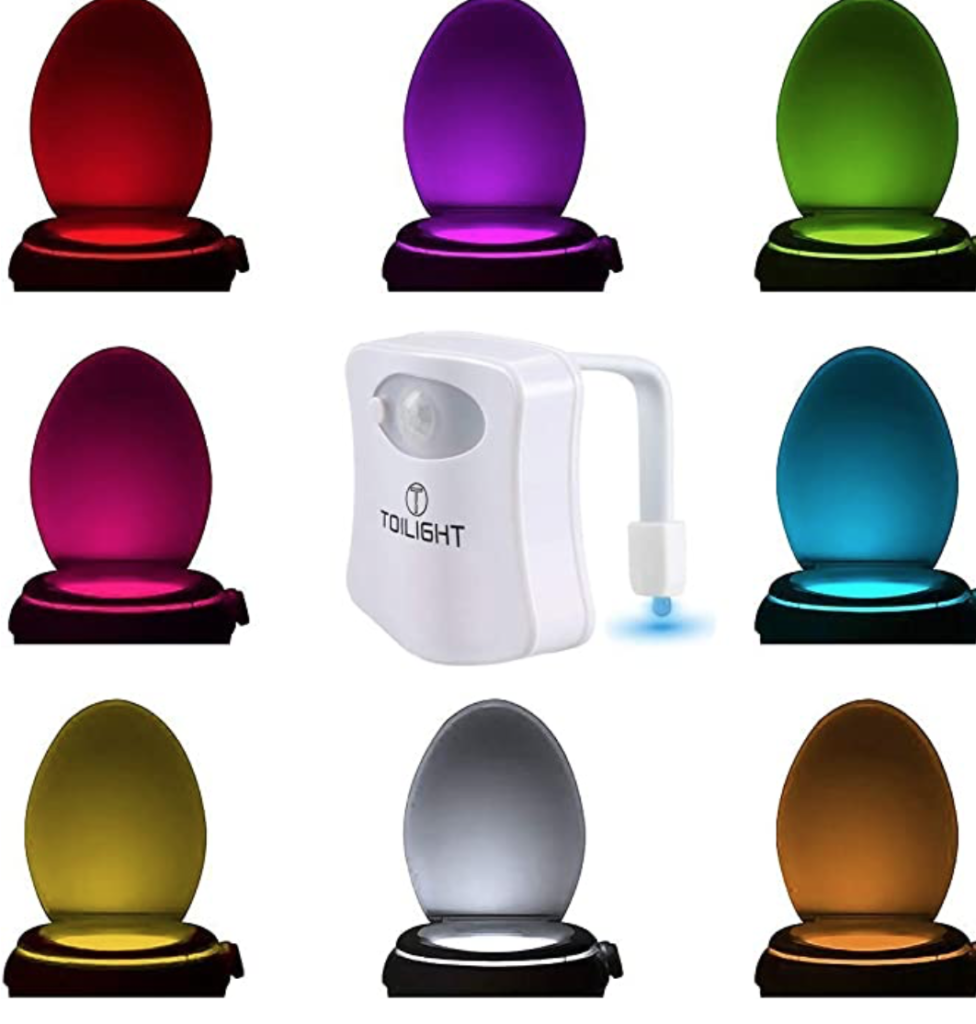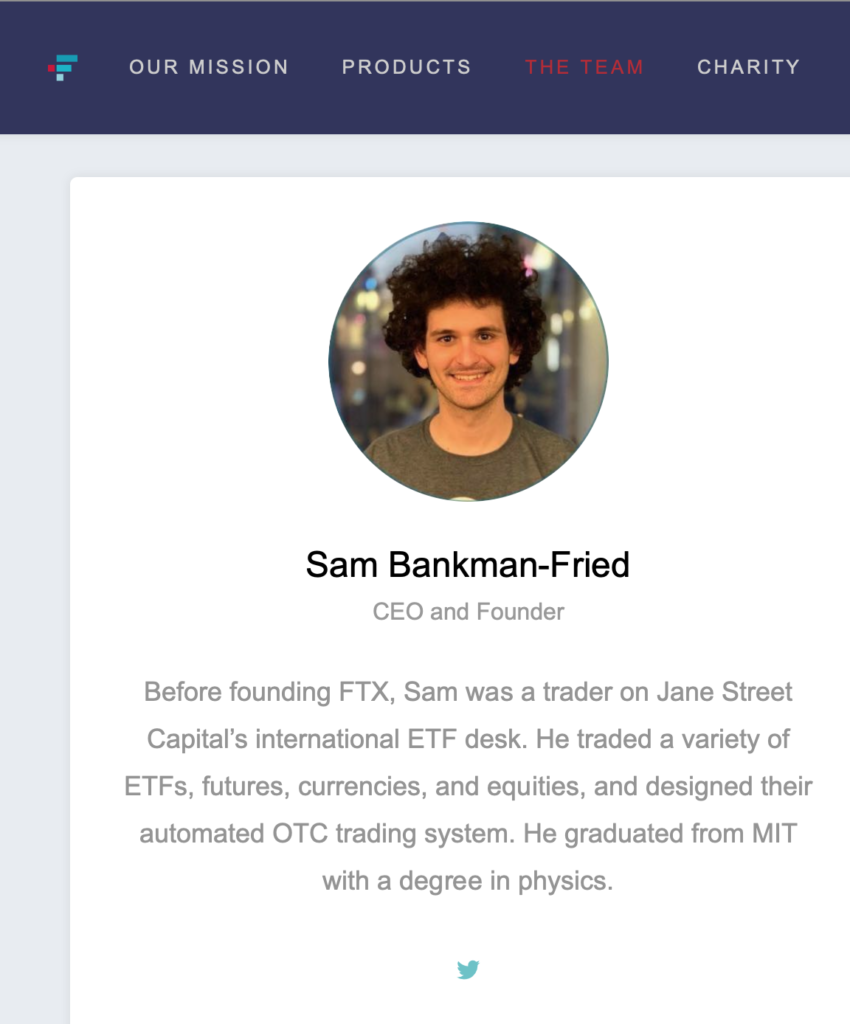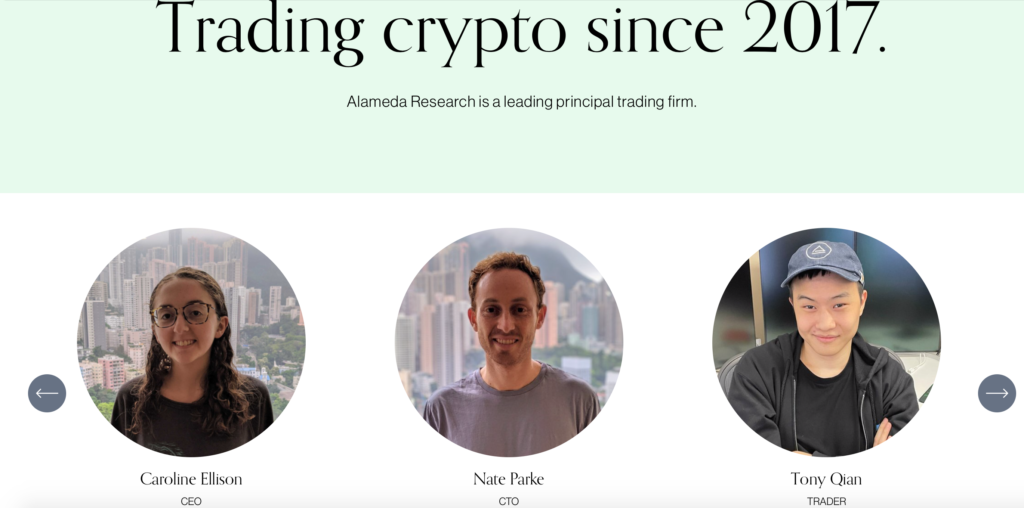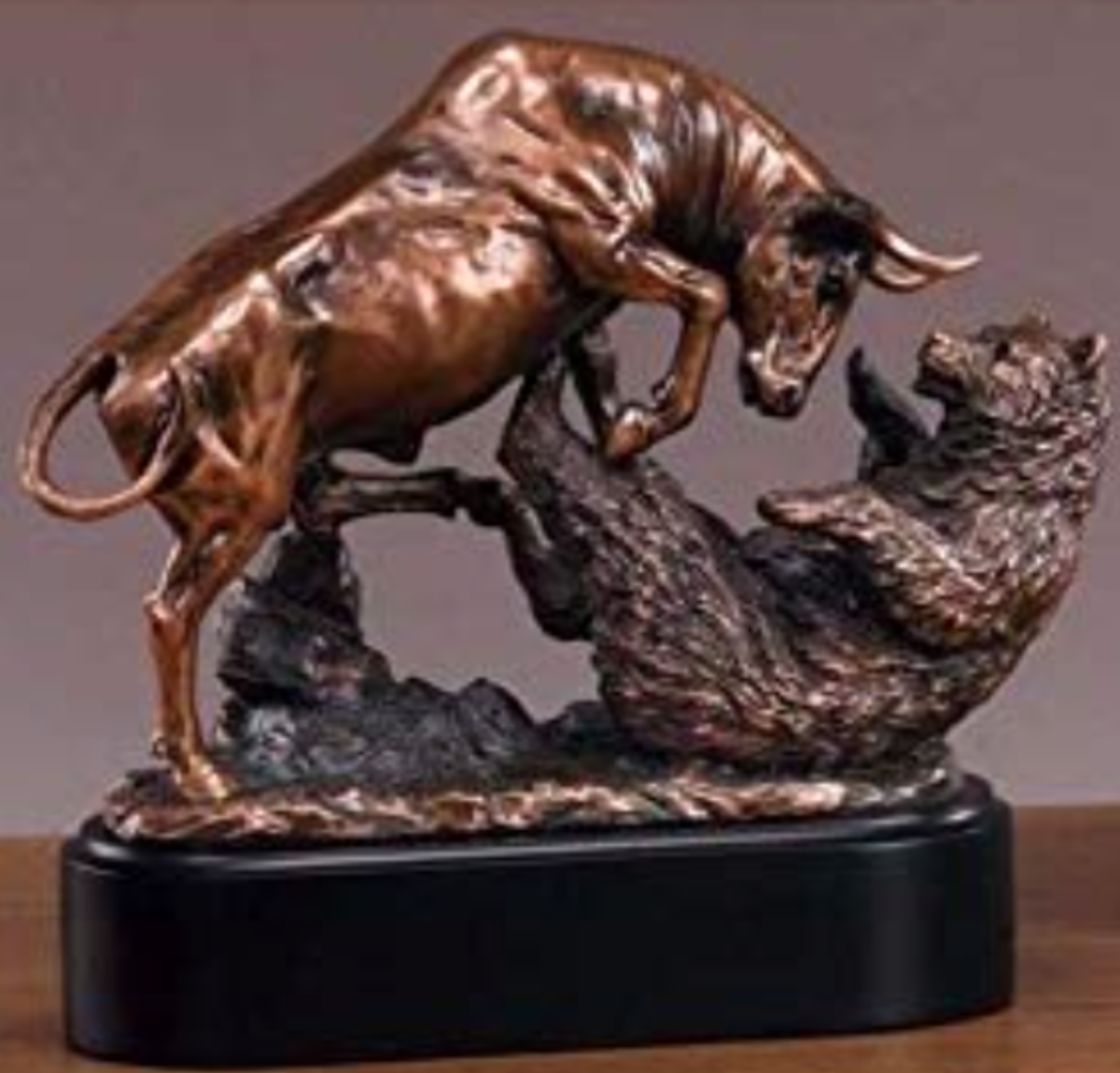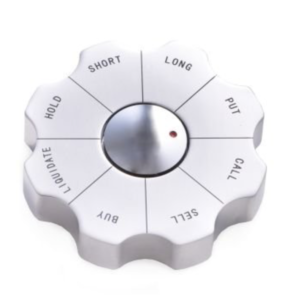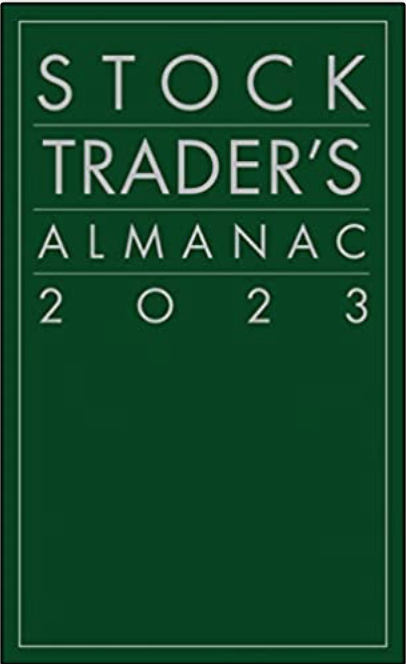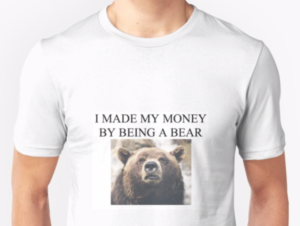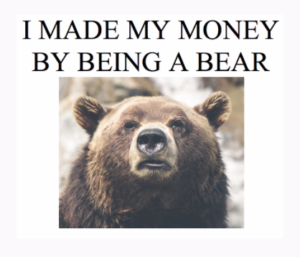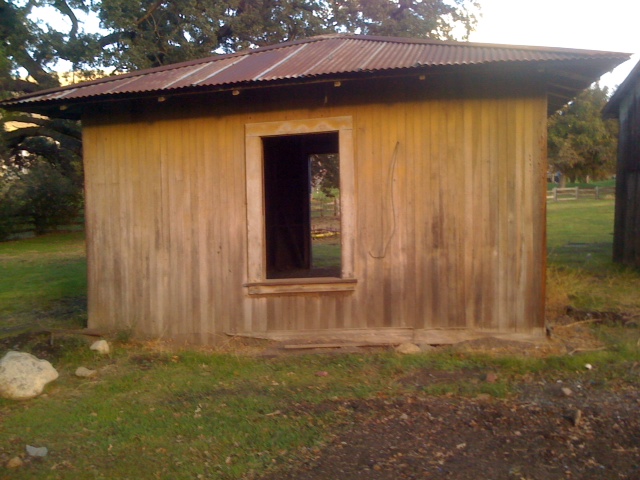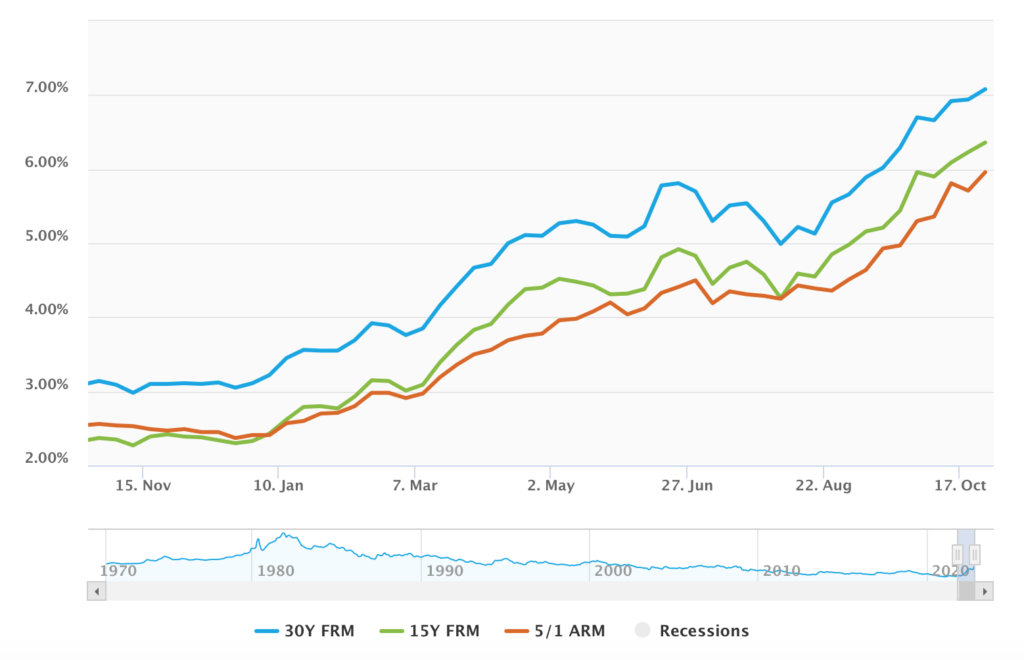The following is a short list of some of the many stocks going ex dividend during the next month.
Many traders and investors use the stock trading technique called ‘Buying Dividends,’ also commonly referred to as ‘Dividend Capture.’ This is the strategy of buying stocks before the ex dividend date and selling the stock shortly after the ex date at about the same price, yet still being entitled to the dividend.
This technique generally works in bull markets and flat or choppy markets, but during bear markets, you may want to consider avoiding this strategy. In order to be entitled to the dividend, you have to buy the stock before the ex-dividend date, and you can’t sell the stock until on or after the ex date.
The actual dividend may not be paid for another few weeks. WallStreetNewsNetwork.com has compiled a downloadable list of the stocks going ex dividend in the near future. The list contains many dividend paying companies, lots with market caps over $500 million. Some of the stocks have yields over 2%. Here are a few examples showing the stock symbol, the ex-dividend date, the periodic dividend amount, and the annual yield.
| Bank of America Corporation (BAC) | 12/1/2022 | 0.22 | 2.36% |
| Nike, Inc. (NKE) | 12/2/2022 | 0.34 | 1.29% |
| H&R Block, Inc. (HRB) | 12/5/2022 | 0.29 | 2.73% |
| Walmart Inc. (WMT) | 12/8/2022 | 0.56 | 1.49% |
| Public Storage (PSA) | 12/13/2022 | 2.00 | 2.69% |
| World Wrestling Entertainment, Inc. (WWE) | 12/14/2022 | 0.12 | 0.60% |
| ConocoPhillips (COP) | 12/23/2022 | 0.70 | 1.89% |
| Xerox Holdings Corporation (XRX) | 12/29/2022 | 0.25 | 6.57% |
The entire list of over 100 ex-dividend stocks will be emailed to all subscribers next week. If you are not a subscriber, you can sign up at the signup box below. Don’t miss out. Remember, it’s free!
Dividend Definitions
Declaration date: the day that the company declares that there is going to be an upcoming dividend.
Ex-dividend date: the day on which if you buy the stock, you would not be entitled to that particular dividend; or the first day on which a shareholder can sell the shares and still be entitled to the dividend.
Record date: the day when you must be on the company’s books as a shareholder to receive the dividend. The ex-dividend date is normally set for stocks at two business days before the record date.
Payment date: the day on which the dividend payment is actually made, which can be as long at two months after the ex date.
Don’t forget to reconfirm the ex-dividend date with the company before implementing this technique.
Disclosure: Author did not own any of the above at the time the article was written; affiliate links are on this page.

